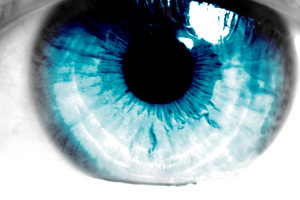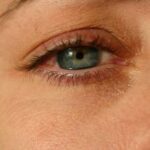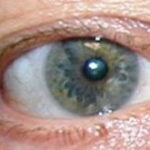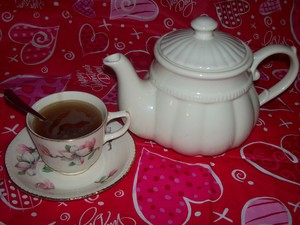Why are my eyes so red when when I first wake up? Sometimes I wake up and my eyes are so bloodshot that it looks like I partied the night away. This is a common occurrence in a lot of people, and typically fades within an hour or so, but can lead to dry or watery eyes all day long. When you don’t have a cold, and your eyes appear to be OK otherwise except for when you first wake up, what’s going on? What makes some people have red eyes when they first wake up in the morning? I wanted to know, and here is what I discovered.
Blepharitis is a common and annoying eyelid infection that is caused by the natural bacteria already found on the skin going into overdrive and causing a mild infection. Waking in the morning with dry, red, irritated (and sometimes goopy) eyes are the most common symptoms of Blepharitis. The infection typically presents itself worst in the morning, and affects the 50 or so tiny glands in the eyelid, leading to eye irritation and redness.
Is there cause for alarm? Blepharitis is not contagious, and is simply caused by the bacteria on your eyelids you already have. Some people require heavier treatment when their symptoms get worse, as in swelling of the eyelids, chronic redness of the eye or burning all day long, watery, goopy eyes with blurred vision due to mucous, but most people suffer just mild symptoms upon waking, and slight irritation during the day, and the condition usually fades on its own with proper hygiene, which washes away the bacteria that is causing irritation.
How do you know you have Blepharitis? Typically when you get a stye on your eyelid, which can look like a tiny bump or clear zit on your upper or lower eyelid, or like an insect sting. Styes typically itch or are painful to the touch, and can be contagious to your other eye, so if you have a stye, it’s important to not touch it and then touch your other eye, as you can indeed spread the stye to other areas of your eyes. Also, attempting to pop the stye or rubbing it can irritate the stye further.
The best way to treat Blepharitis in its mild stage is to simply wash your eyelids with a mild soap, like baby shampoo, and avoid irritating items in or around the eyes, like contacts or makeup, until the symptoms fade. Typically, Blepharitis can fade as quickly as it arises with daily washing and hygiene and taking care to not further irritate the eyes, and a stye will fade within a few days to a week on its own. You can help fade a stye with a warm compress.
If the condition worsens or doesn’t fade on its own, or is accompanied by blurred or double vision, seeing an eye doctor to rule out other conditions is key. Some cases of Blepharitis can be irritated to the point of antibiotics, but in most people, this condition is a common occurrence that almost goes by unnoticed and fades on its own.
Source:
http://health.todaystmj4.com/Global/story.asp?S=5490656




